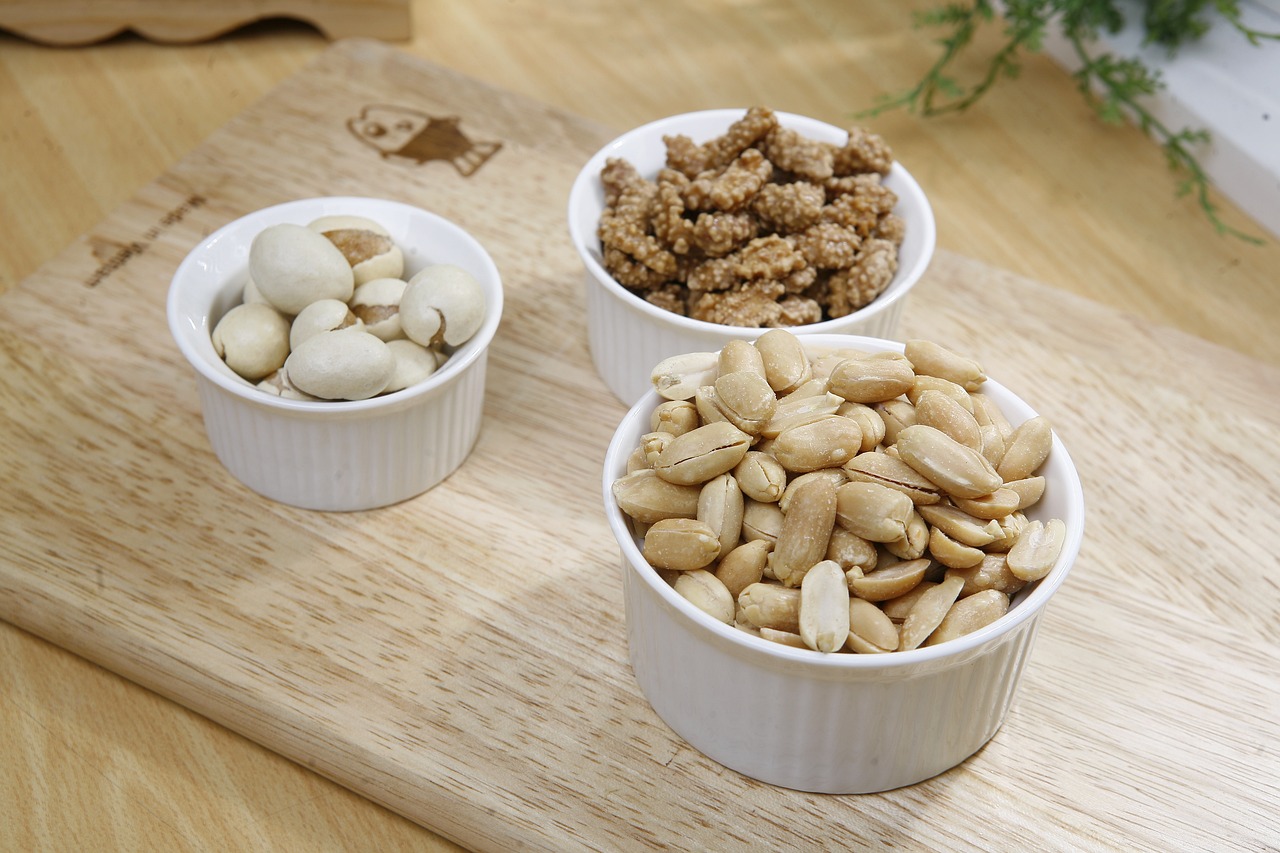Legionella Prevention at Nursing Homes - A Guide to Safe Water Systems
This article is translated with AI and written based on Swedish conditions. Hopefully, it can inspire those interested from other countries.
Prevention of legionella requires systematic work with temperature control, regular flushing, and technical maintenance. Through clear areas of responsibility and documentation, the risk of serious outbreaks can be minimized.
Prevention of Legionella outbreaks in nursing homes
Legionella - a serious waterborne risk
Legionella bacteria thrive in stagnant lukewarm water (20-50°C) and can cause severe pneumonia. Especially at risk are the elderly and people with weakened immune systems. Transmission occurs through inhalation of water mist from showers, taps, or ventilation systems.
Responsibility and organization
Property Manager
- Ensures that water systems are maintained according to regulations
- Monitors temperatures in hot water systems
- Responsible for technical measures and documentation
Operation Manager
- Implements routines for regular flushing
- Ensures that staff follow hygiene protocols
Care Staff
- Follow established flushing routines
- Inform about suspected cases of Legionella infection
Critical measures for prevention
Temperature control
Hot water systems
- At least 60°C in heaters
- At least 50°C at outlets
- Measurement and documentation twice a year
Regular flushing
Unused outlets
- Flushed for at least 5 minutes weekly
- Extra flushing after 3 days of non-use
- Documentation of completed flushing
Showers
- Change shower hose and nozzle annually
- Use shower heads that reduce aerosol formation
- Extra flushing after long periods of non-use
System maintenance
Cleaning and disinfection
- Clean and disinfect water tanks regularly
- Empty and clean water treatment equipment
- Taps that are never used can be plugged.
Specific routines for healthcare operations
Respiratory therapy
- Only use sterile water for nebulization
- Clean and disinfect equipment after each use
Water for patients
- Ice preparation in freezer bags, not ice machines
- Carbonated water should be consumed within 12 hours
- Personal drinking bottles should be washed daily
In case of suspected Legionella infection
Immediate actions
- Immediate notification to the infection control doctor
- Sampling of water systems
- Temporary shutdown of suspected outlets
- Inform affected residents and staff
Reflection questions
Care staff
- Which outlets in your residence are used the least often?
- How do you document completed flushing?
Manager, nurse, occupational therapist and physiotherapist
- Are there clear routines for temperature control?
- How do you ensure that all outlets are included in the flushing schedule?
- When was the last time the water heater was checked?
Residents and relatives
- Have you thought about regularly flushing the taps in the apartment?
Erland Olsson
Specialist nurse
Sofrosyne - Better care every day

Aktuellt i media
-
2025-04-23 04:00
13 Hygien
Storage tends to attract all the world's junk. Order, clearing and cleaning of storage is a necessary recurring task.
info Bild: Pixabay
Bild: Pixabay -
2025-04-14 04:00
08 Förebyggande o lokaler
The art of furnishing a nursing home, a balancing act between homeliness, functionality, and hygiene aspects.
info -
2025-04-10 04:00
04 Bemötande
Waking up in a nursing home - is the morning routine adapted to each individual's needs?
info Bild: Pixabay
Bild: Pixabay -
2025-04-07 04:00
09 Mat och måltid
For the elderly, it is often important to eat many snacks in order to get enough nutrition.
info Bild: Pixabay
Bild: Pixabay -
2025-04-03 04:00
04 Bemötande
What creates safety in elderly care homes - advice and tips on creating a secure environment for the residents
info -
2025-04-01 00:00
10 Aktivitet o funktionsbevarande arbetssätt
Reminiscing, working with memories, is an activity that creates a lot of added value for people with dementia.
info

